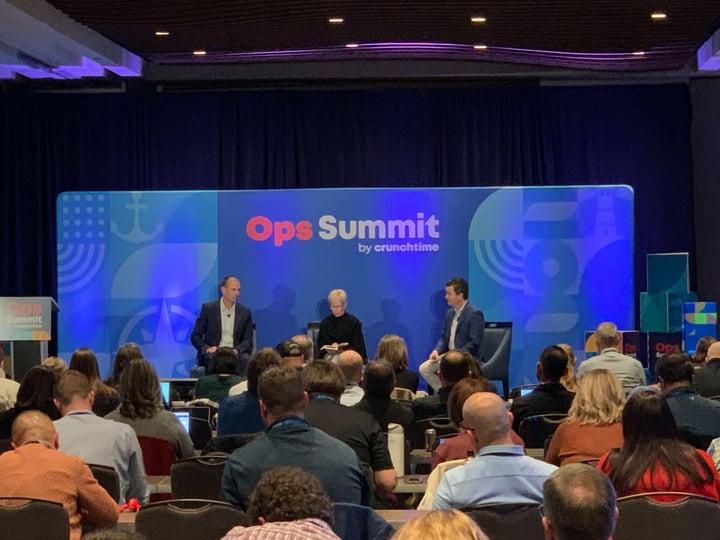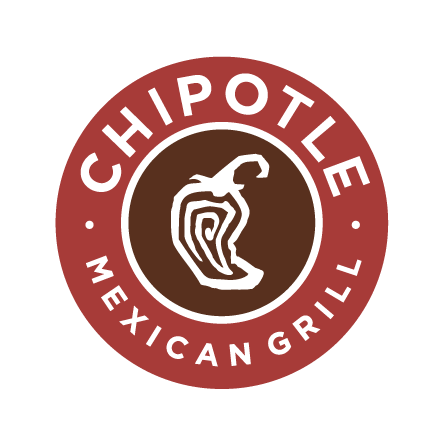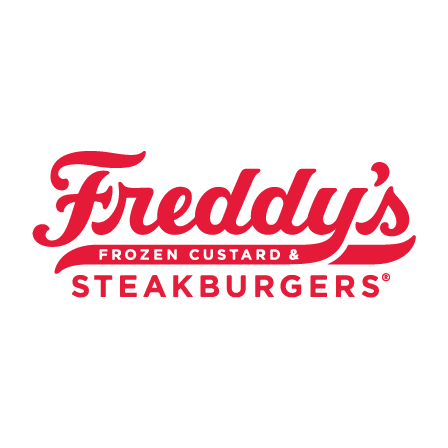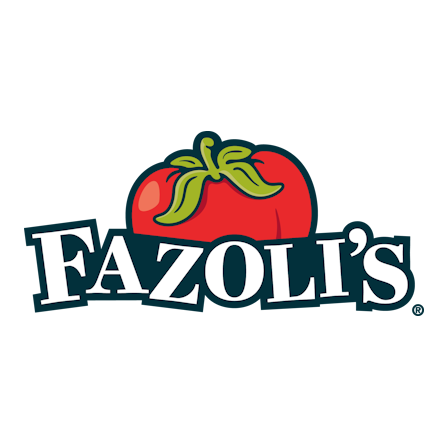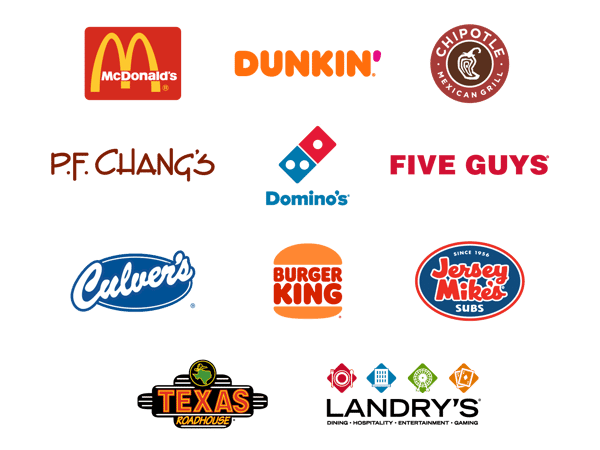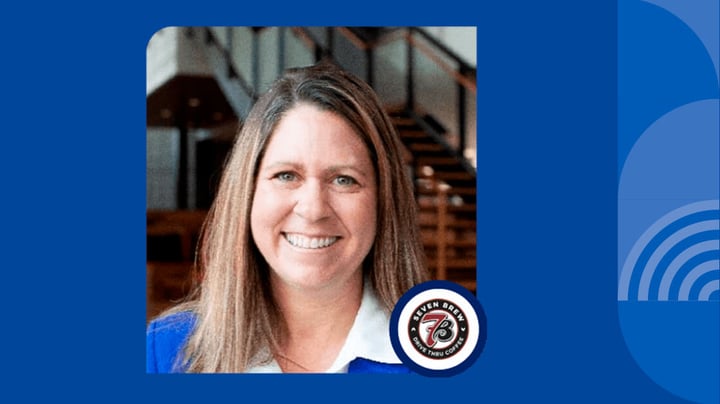
- Home
- Crunchtime Blog
- How 9 High-Growth QSR Brands Plan to Open 250+ New Locations
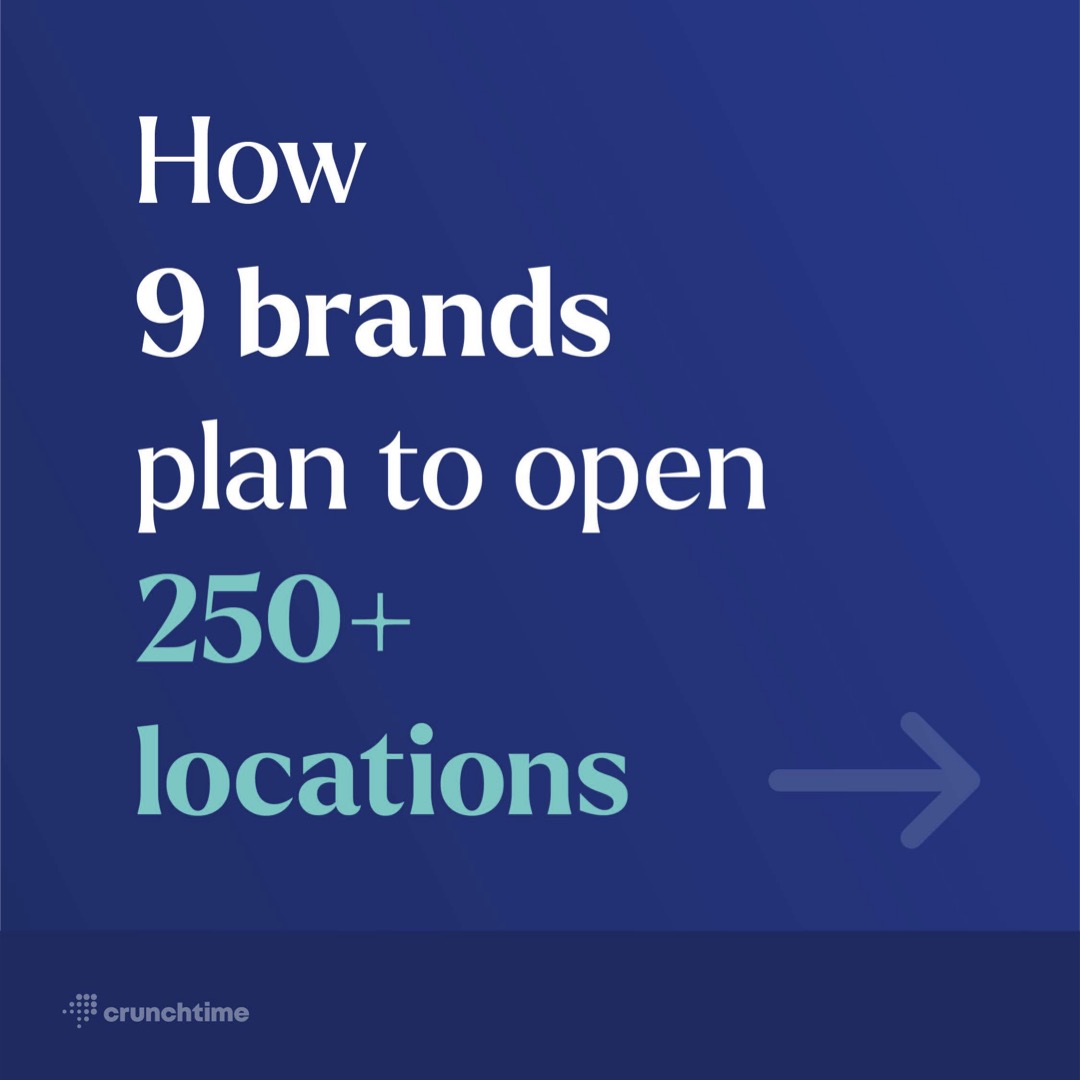
How 9 High-Growth QSR Brands Plan to Open 250+ New Locations
Location growth is often a key indicator of present and future success for QSR and FSR brands. Every new location opening is exciting–a chance for a fresh start–and publicly sharing its goals for expansion shows a brand’s potential, its market opportunity, and its ambition to seize it. In the competitive market for franchising, it’s also a great way to give potential operators the confidence that your brand is the one to bet on.
The 2023 Restaurant Operations Report found that 96% of operators plan to open at least one location in the next 12-18 months; brands that currently have more than 250 locations have plans to open an average of 38 locations in the next 1.5 years.
It’s easy to set goals, it’s another thing to execute on those goals.
In this post, we highlight 9 high-growth brands in their endeavor to open their next several hundred or thousand locations and the strategies that they’ll employ to get there.
Potbelly: 2,000 locations in the next 8-10 years
How they’ll do it:
Potbelly’s “Five-Pillar” approach: Potbelly's growth strategy centers on a comprehensive five-pillar approach developed in 2020, focusing on enhancing food quality, and employee engagement, driving customer traffic, boosting digital-driven brand awareness, and aggressive franchise development.
Franchise expansion and company-owned units: The company’s growth plan would have 85% of locations owned by franchisees. Potbelly has been proactive in signing deals that not only expand its presence but also strengthen its operational base. A recent example includes a deal in the Washington state area, where the company agreed to take on ownership of nine existing company units and develop another 13 units over the next eight years.
Investment in marketing and digital efforts: Potbelly is significantly increasing its marketing spend, including a 3% budget with franchisee contributions, and emphasizing digital marketing to drive traffic. This strategy leverages the brand's history and distinctiveness, aiming to enhance brand recognition and customer engagement.
Source: NRN, 2023
Wingstop: 7,000 locations in coming years
How they’ll do it:
Expanding with diverse restaurant formats: Wingstop is broadening its expansion strategy by not only increasing its number of outlets but also diversifying its restaurant formats. This includes opening traditional streetside locations for conventional dine-in and takeout experiences, as well as ghost kitchens for delivery-focused operations, thereby catering to a wider range of customer preferences and adapting to different market demands.
Digital innovation and efficiency: The brand is focusing on digital growth and operational efficiency, including the introduction of cashless, off-premises-only restaurants and leveraging a high digital sales mix to enhance customer experience and streamline operations.
Marketing and supply chain optimization: Wingstop intends to support its growth with increased marketing investments, consolidating local and national marketing funds to enhance efficiency, and exploring ways to gain more control over its supply chain to stabilize food costs.
Source: QSR Magazine, 2022
Sweetgreen: 1,000 locations by 2030
How they’ll do it:
Enhanced customer experience and digital innovation: Sweetgreen is focusing on improving the customer experience through digital innovation, aiming to make its app the preferred ordering platform. This strategy includes personalized promotions, seasonal menus, and collaborations with chefs and influencers to drive engagement and loyalty, supporting the brand's expansion to 1,000 locations.
Leveraging digital and owned channels: The brand aims to continue its growth through a strong emphasis on digital sales, which accounted for 67% of its total revenue in 2021. Sweetgreen intends to drive owned digital acquisition, enhance its app for ordering, and offer exclusive experiences to maintain high digital engagement and customer loyalty.
Innovative product and service models: Sweetgreen is focusing on product innovation, such as their Infinite Kitchen to leverage robotics, the Outposts for offsite drop-offs, and digital-exclusive offerings, to cater to changing consumer preferences and enhance convenience. The brand is also exploring expanding its delivery radius with DoorDash as its primary courier partner to broaden its reach.
Source: QSR Magazine, 2022
CAVA: 1,000 locations by 2032
How they’ll do it:
Location strategy–urban and suburban: CAVA is expanding its footprint by targeting a mix of suburban and urban markets, including specialty locations such as college campuses and transit hubs. This diversified approach aims to capture a wider customer base and drive growth in various demographic and geographic areas.
Innovative restaurant formats: CAVA is focusing on expanding through new restaurant formats that include drive-thru pickup windows, which have shown higher sales compared to traditional formats. Additionally, CAVA is piloting digital kitchens for delivery and catering, and testing hybrid kitchens to enhance its catering capabilities and customer service options.
Enhancing loyalty and digital engagement: With approximately 3.7 million loyalty members, CAVA plans to increase engagement through tailored marketing efforts, menu exclusives, and challenges to boost frequency and attract lapsed customers. The company also intends to update its loyalty program to include one-tap loyalty and payment integration, facilitating easier transactions and enhancing the customer experience.
Source: Restaurant Dive, 2023
Chipotle: 7,000 locations in coming years
How they’ll do it:
Strategic investment in technology and innovation: Chipotle is investing in technology and innovative solutions like the Chippy tortilla fryer, Autocado avocado peeler/corer, and testing an automated makeline, aiming to support team members, improve efficiency, and potentially increase throughput for future growth.
Operational efficiency and throughput: Chipotle is boosting its service speed and customer experience by fine-tuning makeline operations, introducing labor-saving technologies like the Chippy tortilla fryer and Autocado avocado peeler, utilizing data analytics for real-time performance feedback, ensuring consistent availability of key ingredients, and preparing for peak sales periods. This comprehensive approach aims to improve transaction processing rates, maintain high food quality, and drive incremental sales, supporting the chain's expansion and revenue goals.
Enhanced customer engagement: Chipotle plans to increase average unit volume (AUV) to $4 million through menu pricing strategies while maintaining value perception, refining its rewards program for personalized marketing, and ensuring excellent execution in culinary and service quality to boost customer satisfaction and repeat business.
Dutch Bros: 4,000 total locations in the next 10-15 years
How they’ll do it:
Internal development and talent pipeline: Dutch Bros focuses on growing its culture and operations by promoting from within, ensuring leaders in new markets are deeply familiar with the company's ethos, which supports a consistent customer experience across locations.
Selective geographic expansion: The company targets specific regions for expansion, following a "smiley face growth strategy" that includes the Pacific Northwest, Southwest, Southeast, and Mid-Atlantic, aiming to surpass 1,000 stores by 2025 and reach 4,000 locations in the next 10-15 years.
Focus on beverage innovation and efficiency: Dutch Bros maintains a beverage-centric menu, highlighted by its proprietary energy drink and a commitment to innovation like introducing tap systems for faster service, while limiting its food offerings to ensure quality and streamline operations.
Source: QSR Magazine, 2023
Cookie Plug: 1,000 locations by 2026
How they’ll do it:
Urban and suburban market focus: Cookie Plug strategically targets both urban areas and suburbia for expansion, aiming to establish a widespread presence that caters to diverse demographics with its unique urban culture-inspired theme.
Operational efficiency and low start-up costs: The brand focuses on efficient operations with a low initial investment of around $100,000, ventless convection ovens, and co-packed dough, enabling high margins for franchisees and the ability to operate stores with minimal staff.
Unique brand identity: Cookie Plug differentiates itself with a distinctive urban culture theme, featuring graffiti decor and hip-hop music, along with uniquely named cookies, appealing to a younger demographic and standing out in the competitive cookie market.
Source: QSR Magazine, 2023
Freddy's Frozen Custard & Steakburgers: 800 locations by 2026
How they’ll do it:
Expansion across North America: Freddy's aims to grow its presence significantly in the U.S. and Canada, targeting new markets including North and South Dakota, Illinois, Nebraska, South Carolina, Texas, and nine Canadian provinces over the next several years.
Emphasis on diverse venue formats: In addition to traditional restaurant openings, Freddy's is leveraging non-traditional venues like casinos and airports for expansion, showcasing its flexibility in adapting to various environments while maintaining brand consistency.
Robust franchise development: Freddy's is seeking both new and existing franchisees to join its network, offering opportunities in untapped U.S. regions and Canadian provinces, excluding Quebec, as part of its goal to reach more than 800 units by 2026.
Source: Freddy's Frozen Custard & Steakburgers, 2023
Fazoli’s: 300-500 new locations in the next 5-10 years
How they’ll do it:
Accelerated growth after FAT Brands acquisition: Fazoli's is strategically expanding its footprint with a goal to add 300 to 500 new outlets in the next 5 to 10 years, showcasing a robust development trajectory with 18 agreements for 61 restaurants since joining FAT Brands.
Comprehensive support for franchisees: The chain offers extensive support to its franchisees, including full IT support, operations training, and ongoing marketing assistance, to facilitate seamless orientation and training processes.
Innovative recruitment efforts: To combat the labor shortage, Fazoli's has hired a staffing specialist, utilizes various recruitment channels, and has implemented chatbot technology to reduce application dropout rates, resulting in a significant increase in applicant flow and quick interview scheduling.
Source: 2023 Fast Casual Top 100 Movers & Shakers
To learn more about how Crunchtime helps some of the world’s top restaurants grow and succeed, visit crunchtime.com/our-customers.
Share this post
Related


Women in Restaurant Tech: Cooper's Hawk CIO Susan Lucas Leads Tech Transformation to Complement Guest Experience
